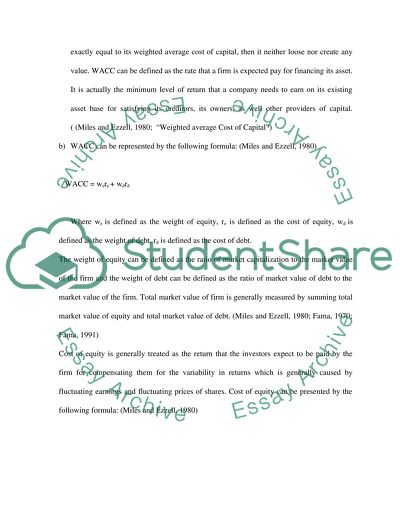Cite this document
(Corporate Finance of Aviva Company Case Study Example | Topics and Well Written Essays - 2250 words - 1, n.d.)
Corporate Finance of Aviva Company Case Study Example | Topics and Well Written Essays - 2250 words - 1. Retrieved from https://studentshare.org/finance-accounting/1554171-corporate-finance
Corporate Finance of Aviva Company Case Study Example | Topics and Well Written Essays - 2250 words - 1. Retrieved from https://studentshare.org/finance-accounting/1554171-corporate-finance
(Corporate Finance of Aviva Company Case Study Example | Topics and Well Written Essays - 2250 Words - 1)
Corporate Finance of Aviva Company Case Study Example | Topics and Well Written Essays - 2250 Words - 1. https://studentshare.org/finance-accounting/1554171-corporate-finance.
Corporate Finance of Aviva Company Case Study Example | Topics and Well Written Essays - 2250 Words - 1. https://studentshare.org/finance-accounting/1554171-corporate-finance.
“Corporate Finance of Aviva Company Case Study Example | Topics and Well Written Essays - 2250 Words - 1”. https://studentshare.org/finance-accounting/1554171-corporate-finance.


